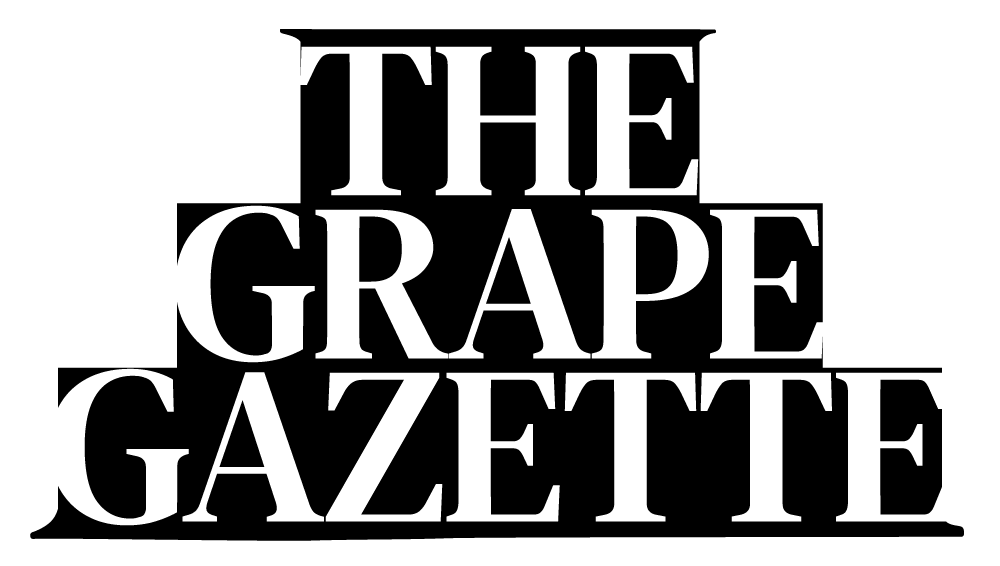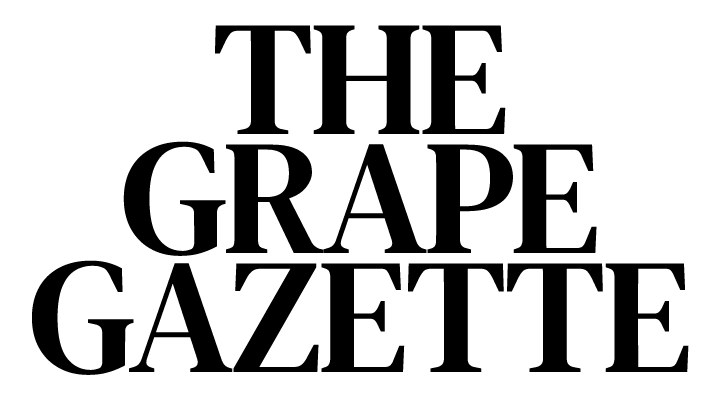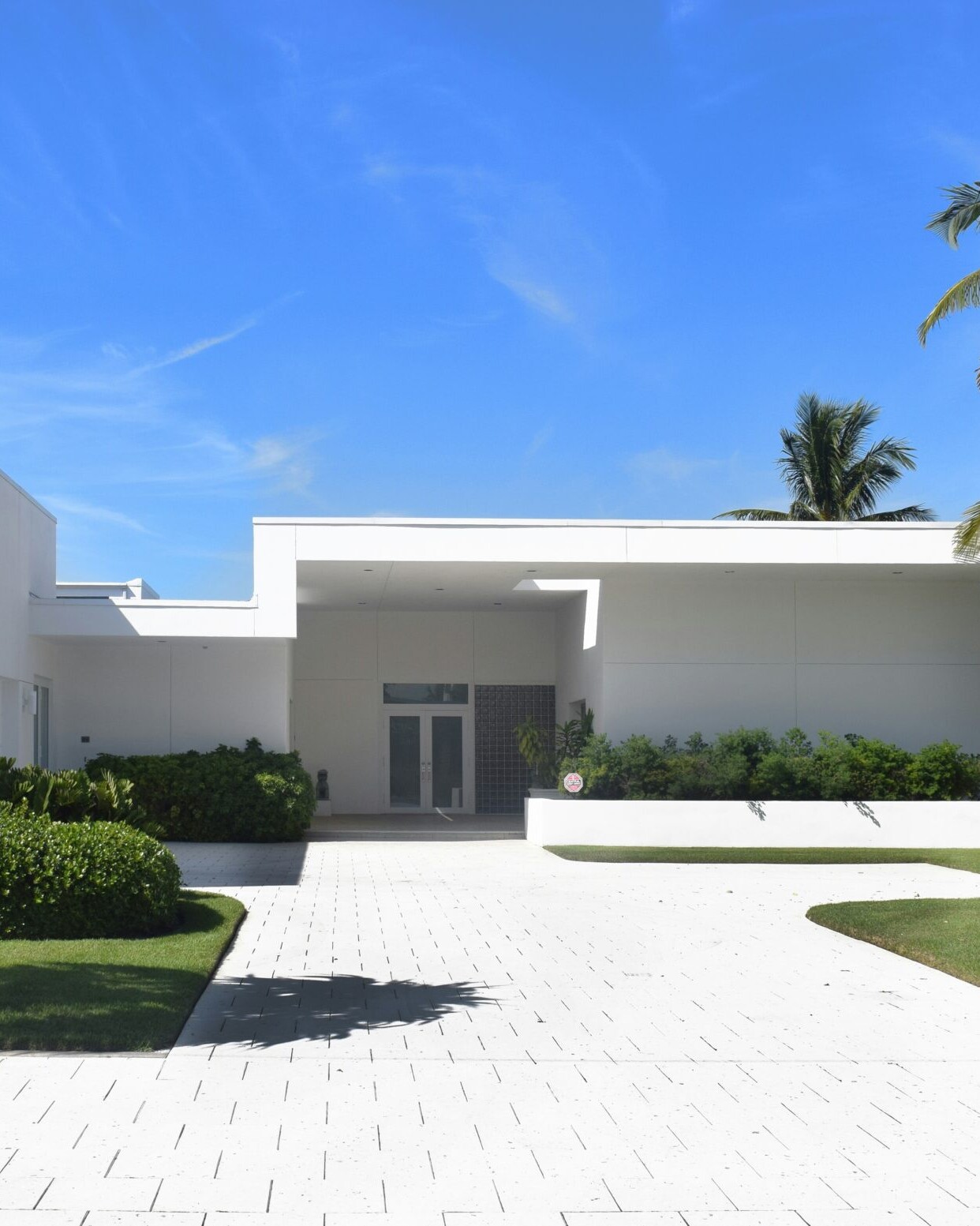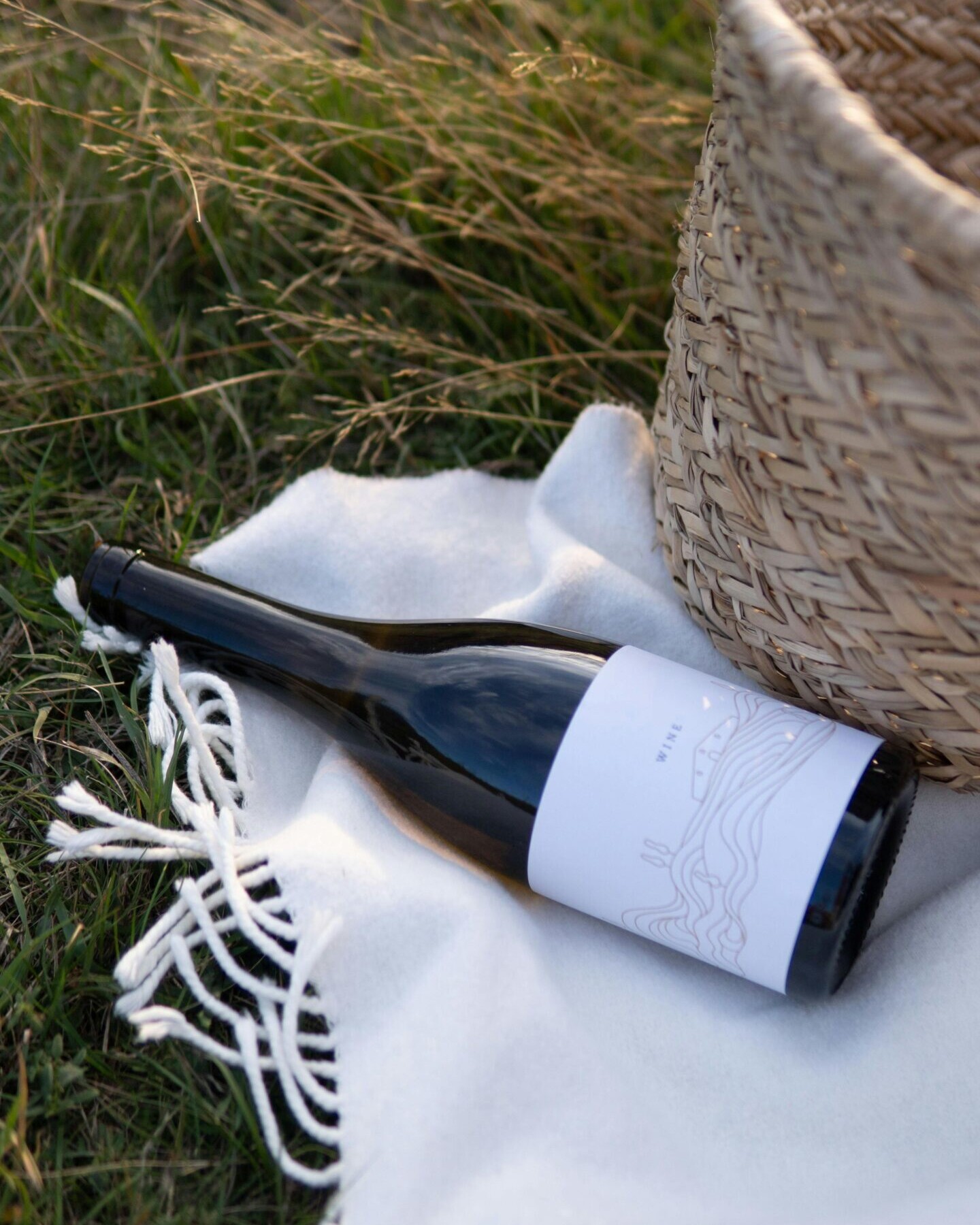Every bottle of wine is a small act of persuasion. The label has one job: to make you pick it up. Some tell the truth, some stretch it, and some say absolutely nothing at all. The problem is that wine language has become its own dialect of flattery. It sounds precise but often means very little. So, if you have ever wondered what half those words actually promise, here is a guide to what they really mean, and what they are quietly hiding.
“Old Vines”
Sounds romantic, does not it? Ancient gnarly vines, deep roots, and flavours of history. Sometimes that is true, but there is no legal definition for how old a vine must be to qualify. It could be forty years or fourteen. Older vines usually produce fewer grapes with more concentration, but only if the vineyard is managed properly. In other words, “old vines” means “these vines are not new” and nothing more. Buy the producer, not the adjective.
“Reserve”
This one depends entirely on where the wine comes from. In Spain, Reserva and Gran Reserva have legal definitions that control how long the wine must age before release. In much of the rest of the world, “Reserve” just sounds fancy. It might be a genuine top-tier bottling, or it might be the same wine in a heavier bottle with a gold sticker. Unless the region enforces it, treat the word as decoration, not proof.
“Estate Bottled”
This term used to mean something: grapes grown and bottled on the same property. It implied control from soil to cork. These days it is murkier. Some producers stretch the definition to include rented vineyards or contracted growers. If traceability matters to you, look for “grown, produced, and bottled by” on the back label. That still carries weight. Anything else might just be clever phrasing.
“Handcrafted”
Wine does not make itself, so yes, technically every wine is handcrafted. This term tells you nothing about scale or quality. A million-bottle operation can still have someone touch a pump and claim craftsmanship. Real small-batch producers tend to skip the word altogether. They let their address do the talking.
“Sustainable”
Sustainability in wine can mean everything or nothing, depending on who is saying it. It might refer to vineyard practices, packaging, energy use, or just a vague ethos. The only reliable signs are third-party certifications such as Sustainable Winegrowing in California or VIVA in Italy. Anything else is probably marketing fog. Sustainable wine should have paperwork, not poetry.
“Natural”
The most debated word in modern wine. Some see it as a badge of honour, others as an excuse for faults. There is no universal legal definition, only loose expectations: minimal additives, wild yeast, little to no filtration. When made well, natural wine can taste vivid and alive. When made badly, it can taste like cider left on the radiator. The trick is to buy from importers who know their growers rather than chasing the word itself.
“Limited Edition”
This is the oldest trick in retail. Every wine is technically limited because the grapes run out once a year. Unless a bottle lists the exact number made, “limited” means nothing. It is designed to push urgency. The only thing you might run out of is patience for reading the label.
“Family Owned”
Sometimes true, sometimes inherited branding. Many of the world’s biggest wine companies are technically family owned if you trace them back far enough. It sounds wholesome but tells you little about scale or values. A good test is whether the family name appears on the back label. If it does, they probably still care. If not, assume the family lives somewhere sunny and far from the bottling line.
“Award Winning”
One of the most meaningless phrases on a label. There are hundreds of wine competitions every year, and most of them give medals to anyone who enters. The key question is which award. A gold at the Decanter World Wine Awards actually means something. A gold at the County Fair of Anywhere does not. Think of medals as marketing seasoning: a pinch adds confidence, too much hides flavour.
How to Read Labels Like a Realist
The secret is to ignore adjectives and look for facts. Vintage, region, grape variety, and bottling information tell you far more than any superlative. Real quality rarely needs an exclamation mark. Once you start reading between the lines, you will see the pattern: the more a label talks, the less it usually has to say. The quiet bottles often hold the best stories.
Next time you are faced with a wall of “Reserve,” “Artisan,” and “Limited Edition” wines, remember that honesty rarely comes in foil print. Pick the bottle that feels confident enough not to brag. Wine, after all, should speak for itself.




